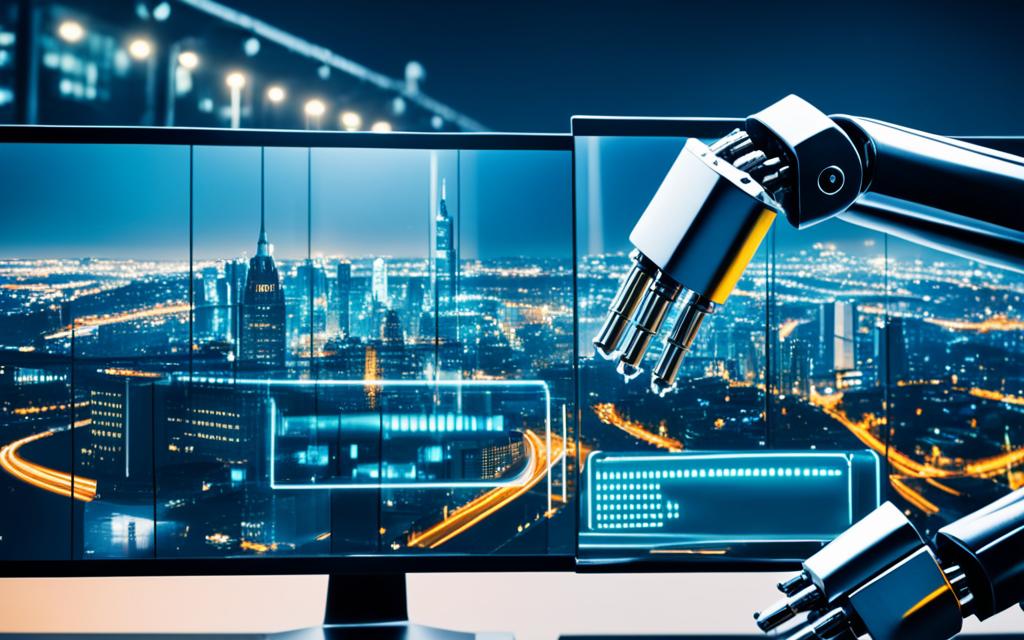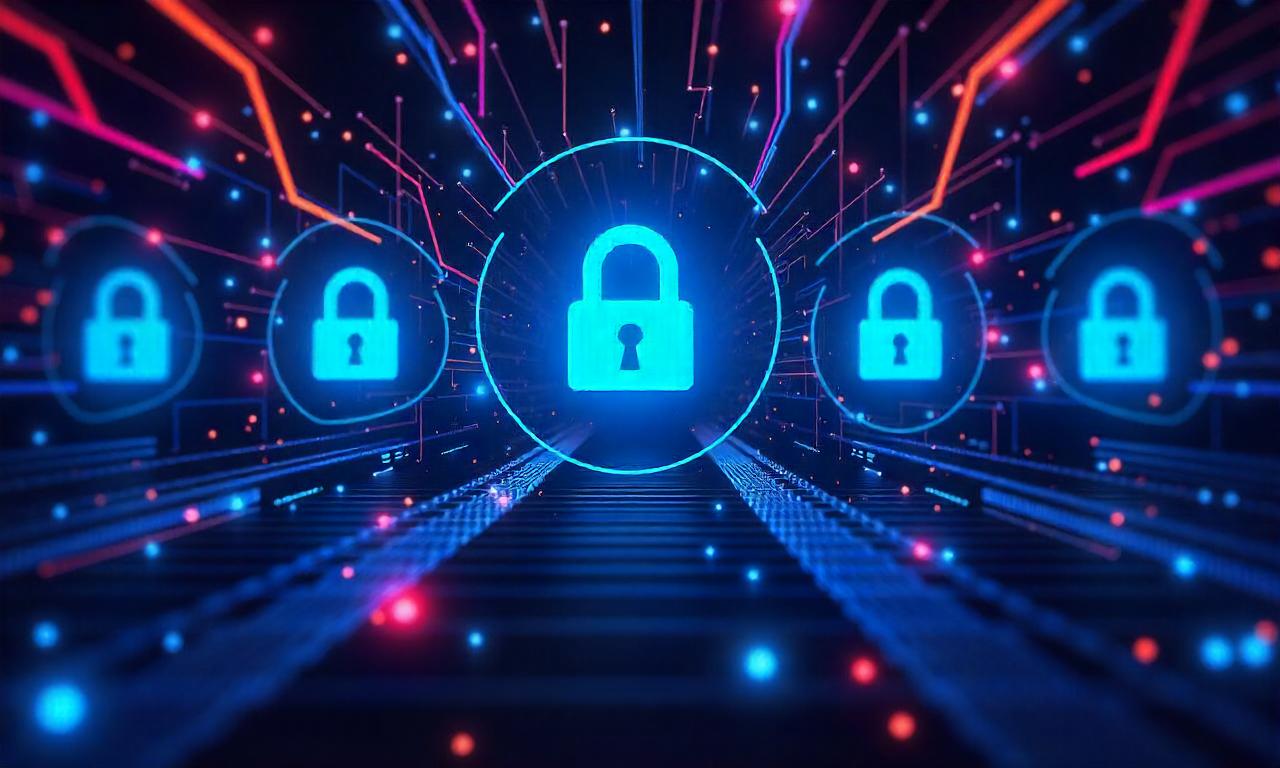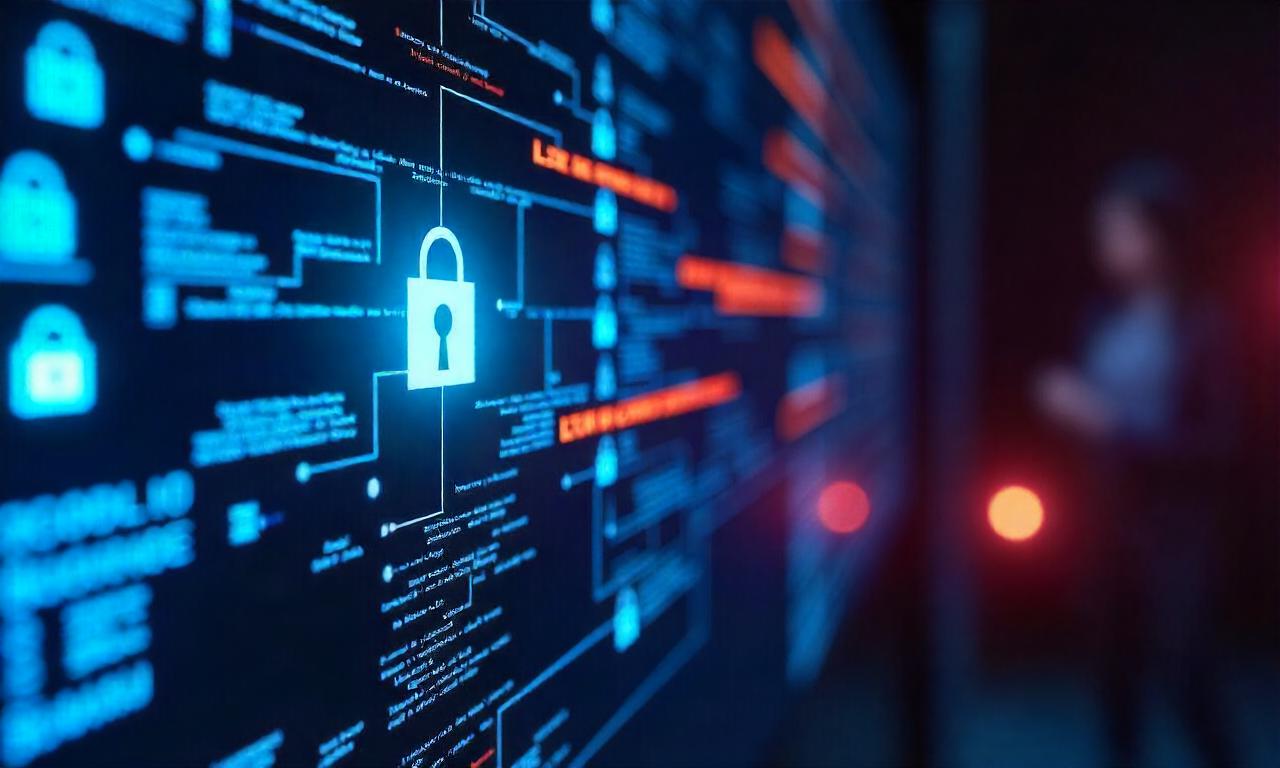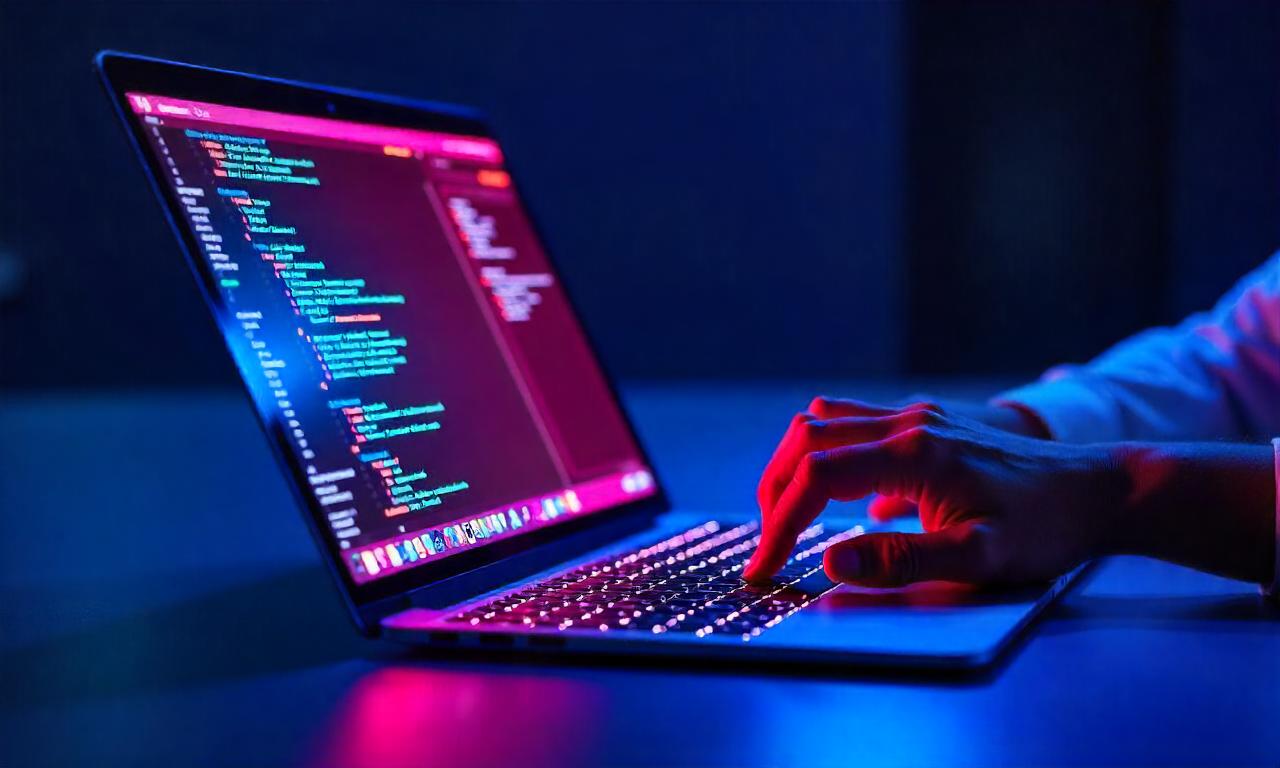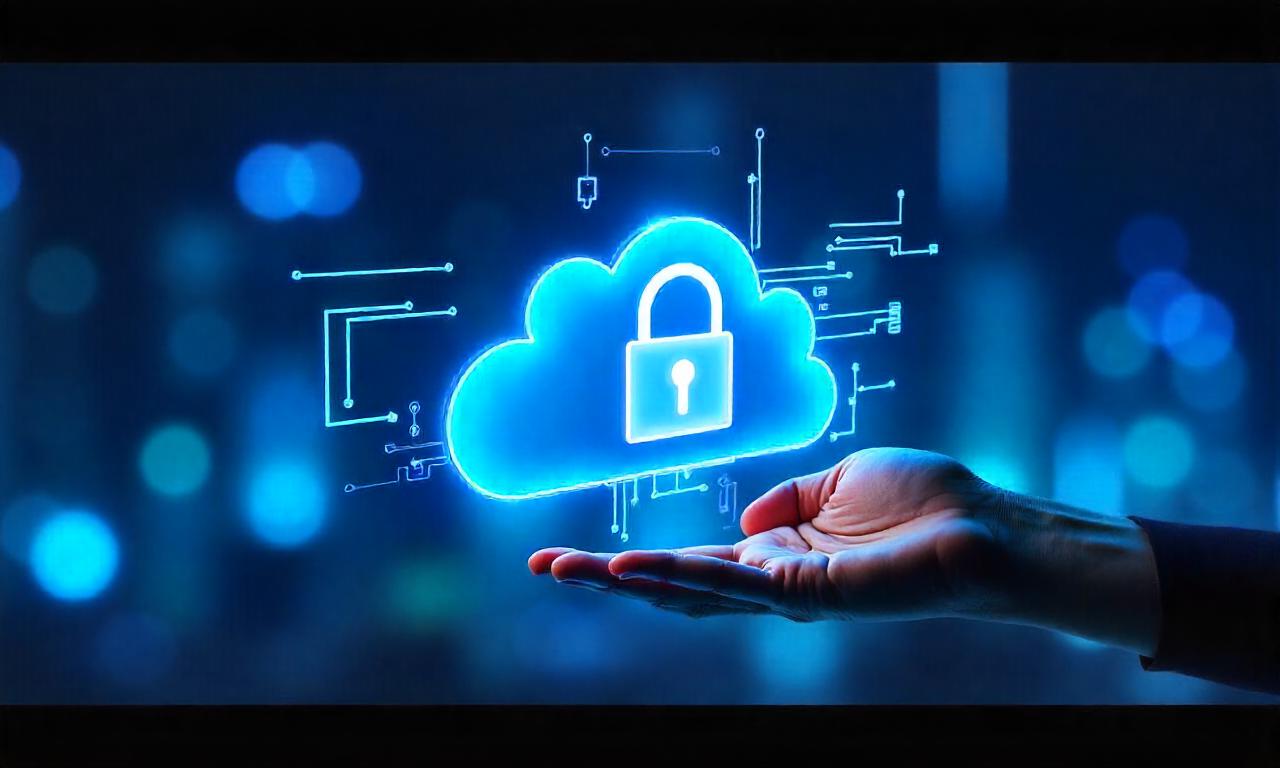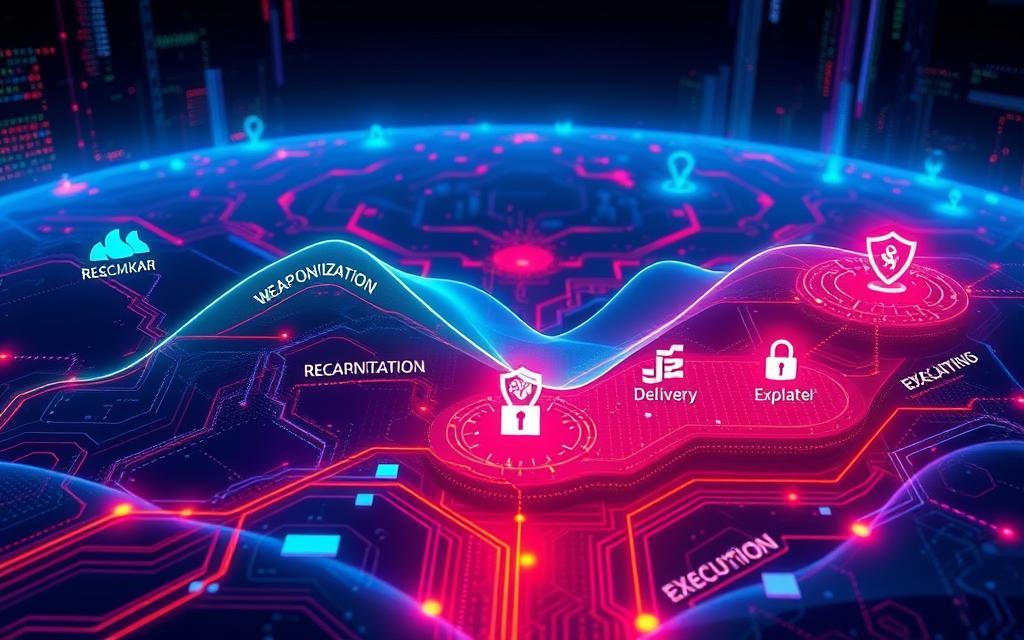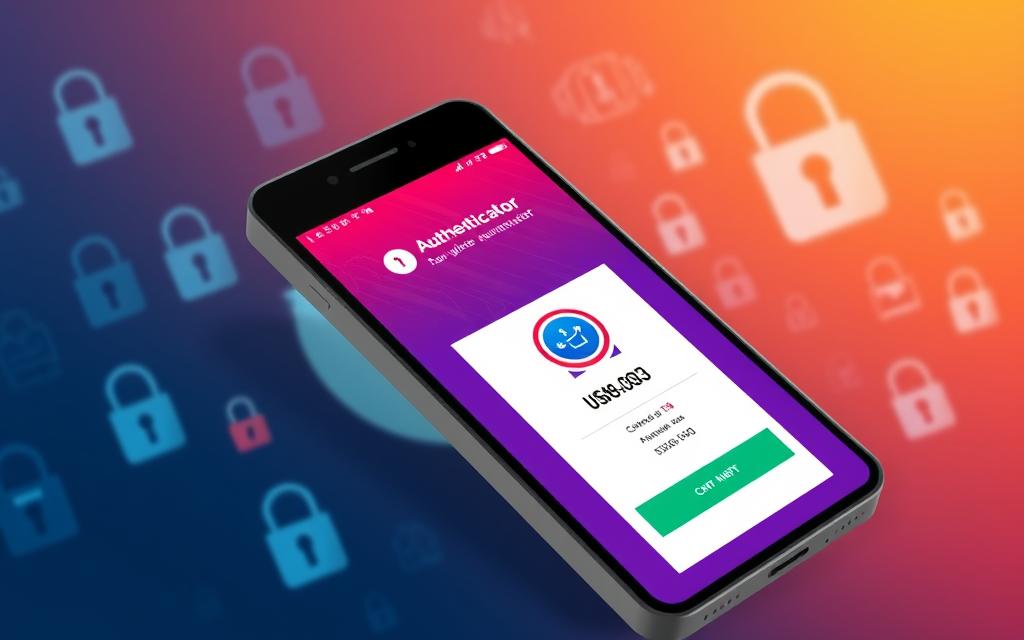I’ve been following the exciting changes where AI meets cybersecurity closely. AI is changing how we think about cybersecurity, offering both good and bad sides. Bad actors use AI to make more complex malware and find weak spots. On the other hand, good guys use AI to spot odd behavior and react fast to threats.
A recent study showed that 82% of IT leaders plan to use AI in cybersecurity soon. This is because AI is key in fighting cyber threats. AI helps in phishing and deepfakes, and it makes guessing passwords and cracking CAPTCHAs easier for hackers.
But AI isn’t just a problem. It helps in finding where attacks come from, spotting odd behavior, and reacting quickly. As the battle with AI continues, both hackers and cybersecurity experts must keep up with new changes.
Table of Contents
ToggleThe Dual Impact of AI on Cybersecurity
Artificial Intelligence (AI) is like a double-edged sword in cybersecurity. It brings big benefits but also new challenges. As a cybersecurity expert, I’ve seen how AI changes security for the better and the risks it brings.
Benefits of AI in Cybersecurity
AI threat detection and AI threat intelligence have changed how we fight cyber threats. AI looks through huge amounts of data, finds patterns, and spots threats fast. This means AI-powered automation can quickly find and act on threats, reducing attack time.
AI access control and AI risk prioritization have made security better. AI can spot unusual behavior and find vulnerabilities. It also ranks risks by how likely and big they are.
Disadvantages of AI in Cybersecurity
AI has big upsides in cybersecurity but also challenges. AI data privacy is a big worry since these systems need lots of personal data. There are also issues with how reliable and accurate AI can be, leading to false alarms or misses.
Not knowing how AI makes decisions is another hurdle. This can make us doubt AI reliability. Bad guys can use AI to launch more complex attacks. So, we need good AI rules and security plans.
As AI grows in cybersecurity, we must handle its good and bad sides carefully. By tackling the challenges and using its benefits, we can make AI a key part of our cybersecurity. This will help us stay ahead of new threats.
Challenges of Machine-to-Machine Security
As more things become automated, new security issues arise. Threats use artificial intelligence (AI) to get into networks and steal sensitive info. This is a big problem for businesses that use machine-to-machine connections, since old security like passwords isn’t enough anymore.
One big worry is automated cyberattacks. Hackers use AI to find weak spots and attack fast and on a large scale. This can spread malware quickly, cause data breaches, and harm businesses a lot.
Also, machine-to-machine security worries about data trust and device checks. Without humans in the loop, it’s hard to know if devices are real and data is correct. This could let attackers use “ghost” devices to get into networks and do bad things.
To fight these issues, IT experts need to change how they check who can get into systems. Old ways like passwords won’t cut it. They might need to look into new ways to check who’s who, like biometrics or blockchain.
Using AI in cybersecurity also brings new risks. As AI gets better, attackers might use it to make their attacks bigger and more automatic. This makes it harder for companies to keep up with defense.
The challenges in keeping machine-to-machine security safe are big and need a complex solution. Companies must always watch their systems and invest in better security to fight off automated and AI-powered cyber threats.
Improving Cybersecurity with AI: Present and Future
Artificial intelligence (AI) is now key to making cybersecurity better. AI and machine learning change how we spot, react to, and stop security threats. These technologies can find attacks and oddities faster and more accurately than humans, helping stop big security issues.
Relationship between Cybersecurity and Artificial Intelligence
AI uses many trained computers to find and stop threats on its own. These systems can spot patterns, label threats, and help security teams get better. By teaching AI to sort risks, companies can make smart choices about their security and automate responses.
AI Operations in Cybersecurity
AI-driven cybersecurity includes many things, like AI-driven threat detection and AI-automated response. AI looks through lots of data to find oddities and threats right away. This lets security teams act fast and lessen the damage from cyber attacks. Also, AI-powered cybersecurity makes AI cybersecurity operations better by doing routine tasks and letting humans focus on big decisions.
The threat landscape is always changing, making machine learning in cybersecurity more important. By using AI in cybersecurity, companies can stay ahead of cybercriminals and keep their important assets safe from cyber threats.
Leveraging AI for Threat Detection and Response
Artificial Intelligence (AI) is key to improving how we spot and handle cybersecurity threats. AI looks through huge amounts of data to find odd patterns and catch threats like malware early. It uses natural language processing to keep up with the latest in AI threat detection and AI threat response.
This way, companies can tackle risks before they get worse. AI-powered security analytics can also start looking into problems, find the main cause, and suggest fixes. This helps security teams act fast and lessen the damage from security breaches.
AI is changing how we deal with threats in big ways:
- Anomaly detection: AI spots strange patterns in how networks and users act, warning security teams of possible threats.
- Predictive analysis: AI looks at past data to guess and stop future attacks, helping companies stay ahead of cybercriminals.
- Automated incident response: AI-led security tools can start and fix the problem-solving process, cutting down the time and effort needed to solve security issues.
Using AI, companies can boost their AI threat detection and AI threat response skills. This makes their cybersecurity stronger and helps them fight off new threats.
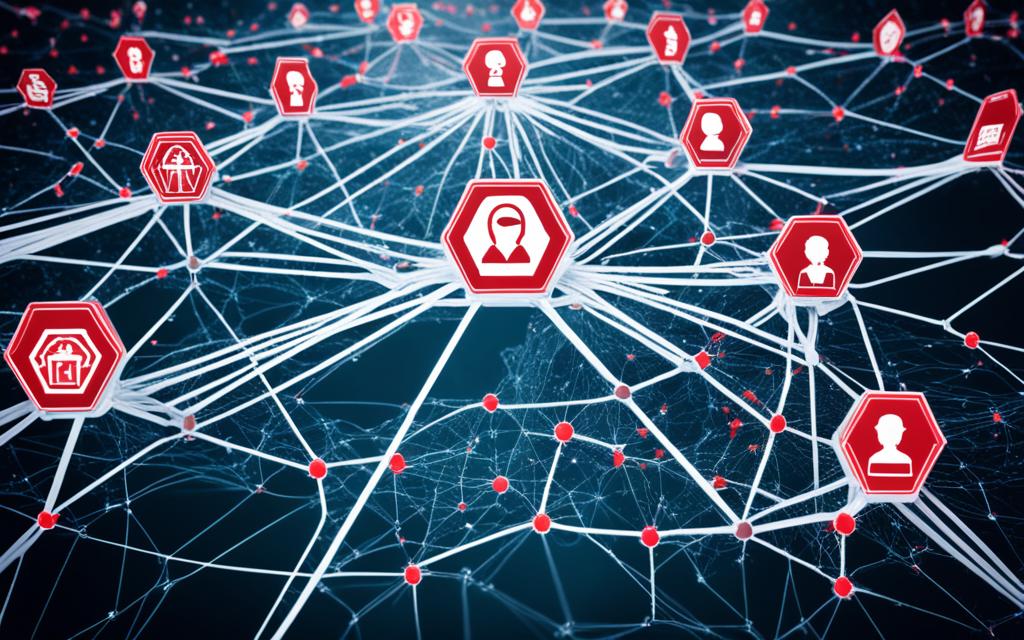
AI’s Role in Enhancing Access Control and Risk Mitigation
Artificial intelligence (AI) is becoming a key player in cybersecurity. It helps improve access control and reduce risks. By using AI for authentication and analyzing behavior, companies can get stronger security and fight off threats.
Strengthening Access Control with AI
AI takes access control past old-school passwords. It uses advanced biometrics like facial, fingerprint, and voice recognition. These methods make security better and make users’ lives easier, cutting down on hassle and boosting work speed.
AI also looks at how people log in and behave to spot oddities and insider threats. This lets companies stop security issues fast and keep data safe.
AI-Driven Risk Prioritization and Mitigation
With more risks out there, AI and machine learning are key for security teams. AI can check systems, code, and settings for weak spots hackers could use.
This helps companies focus on the biggest threats and lower the chance of cyberattacks. AI also gives insights on attack risks and their possible effects. This helps security experts make smart choices and use resources well.
| AI Capabilities | Benefits for Access Control and Risk Mitigation |
|---|---|
| AI-powered authentication | Boosts security with advanced biometric checks and behavior analysis |
| AI-driven vulnerability management | Finds and sorts security weaknesses for better risk handling |
| AI-based risk assessment | Gives insights on threat likelihood and impact for smarter decisions |
artificial intelligence in cyber security
AI technology has changed the way we fight cyber threats. AI cybersecurity solutions are now key in the battle against cyber threats. They give security experts powerful tools to outsmart cybercriminals.
AI in information security is great at finding and dealing with threats automatically. AI systems look through huge amounts of data fast. They spot strange patterns and warn security teams about threats right away. This helps companies react faster and lessen the damage from cyber attacks.
Also, AI-powered cybersecurity helps in focusing on and fixing risks. AI looks at past data and how people and systems work. It finds weak spots and fixes them before hackers can exploit them, making it harder for attackers.
| AI Cybersecurity Benefits | AI Cybersecurity Challenges |
|---|---|
| Automated threat detection and response | Potential for biased or inaccurate AI models |
| Improved risk prioritization and mitigation | Lack of transparency and explainability in AI decision-making |
| Enhanced access control and identity management | Dependence on high-quality data for AI training |
With more devices connecting to the internet, the role of AI in cybersecurity will grow. Using AI, companies can stay ahead of cybercriminals. This helps protect their important data and assets better.
Preparing for AI-Driven Cyber Threats
AI-powered cyberattacks are becoming more common, making cybersecurity a big challenge. Threat actors use AI for deepfakes, disinformation, and smart social engineering. These threats are especially dangerous before big global events like elections.
AI-Powered Cyberattacks and Malicious Activities
AI helps hackers send targeted phishing emails and get past security. This AI social engineering makes it easier for them to break into companies. Cybersecurity teams need to stay alert and ready for these AI attacks as threats grow.
Lack of Organizational AI Policies and Regulations
Many companies don’t have rules for using AI safely and ethically. Only a quarter of cybersecurity experts said their companies have AI policies. Nearly one-fifth said they won’t make policies soon. This lack of rules makes companies open to AI misuse by insiders or outsiders.
To fight AI threats, companies need strong AI cybersecurity policies and rules. Clear guidelines help protect against AI attacks and misuse.
The Need for Collaboration and Governance in AI Cybersecurity
AI is changing how we handle cybersecurity, making it clear we need strong rules and teamwork. Cybersecurity experts see the big picture. They know we must work together to make sure AI is used safely and right.
Studies show most experts think we need government rules for AI in cybersecurity. They say it’s key to have AI experts, companies, and lawmakers working together. This way, we can make rules that help use AI’s power without the risks.
Strong policies and standards are vital as AI grows in cybersecurity. By joining forces, we can make a solid plan. This plan will cover AI cybersecurity collaboration, AI cybersecurity governance, and AI cybersecurity regulations. This teamwork will make sure AI is used right and safely, making our cybersecurity better.
The cybersecurity world is facing big changes with AI. We need a strong, united effort to handle these changes. By working together and having good rules, we can use AI’s power. This will help protect our systems and data from risks.
Conclusion
AI is changing fast and brings both good and bad to cybersecurity. It helps find threats, respond quickly, and control access better. But, it also makes cyberattacks more complex for bad actors.
To use AI safely, we need to focus on privacy, reliability, and being open. This means making sure AI doesn’t risk our data or compromise trust.
Also, we’re missing strong AI rules and laws, which is a big worry. We need to work together to make sure AI is used right in cybersecurity. This means combining efforts from the industry, AI experts, and lawmakers.
By using AI wisely in cybersecurity, we can make our digital world safer. We can fight against new cyber threats and protect our online stuff. This way, AI can be a big help, not a big problem.
FAQ
How is AI affecting the future of cybersecurity?
AI is changing cybersecurity in big ways. Bad actors use it to make malware and find weaknesses. But, it also helps by spotting oddities, finding threats, and acting fast when there’s a security issue.
How does AI enhance cybersecurity?
AI looks through huge amounts of data to find patterns and threats early. It helps analysts understand bad code better. Plus, it makes security stronger by improving how we check who gets in and spotting odd behavior.
What are the challenges and risks associated with using AI in cybersecurity?
Using AI in cybersecurity has its downsides. For one, it needs a lot of personal data, which raises privacy concerns. It can also make mistakes, like wrongly flagging threats. And, it’s hard for experts to understand how AI makes decisions.
How does AI address new security challenges posed by automation and machine-to-machine connectivity?
AI helps by spotting patterns and classifying threats. It guides security teams to improve. By teaching AI to sort risks, companies can make smart security choices and automate how they respond to threats.
What role does AI play in enhancing threat detection and response capabilities?
AI looks through tons of data to find oddities and threats early. It can spot malware and ransomware before they cause trouble. AI also helps automate how security teams work, finding the source of problems and suggesting fixes.
How does AI enhance access control and risk mitigation?
AI checks login patterns and behavior to catch suspicious actions. This helps stop insider threats and security breaches. It also scans systems and code to find weaknesses that attackers could use.
What are the concerns about the use of AI by threat actors?
Bad actors use AI to make phishing emails and get past security. They also use AI for deepfakes and spreading false information. These AI-powered tactics are big threats.
What is the current state of AI policies and regulations in cybersecurity?
Only a quarter of cybersecurity pros say their company has AI policies. Nearly one-fifth don’t plan to make any soon. This lack of rules and planning is a big risk.
What is the importance of collaboration and governance in addressing the challenges of AI in cybersecurity?
Most experts think we need government rules for safe AI use. They also believe working together is key. AI experts, companies, and lawmakers must work together to make good rules.

